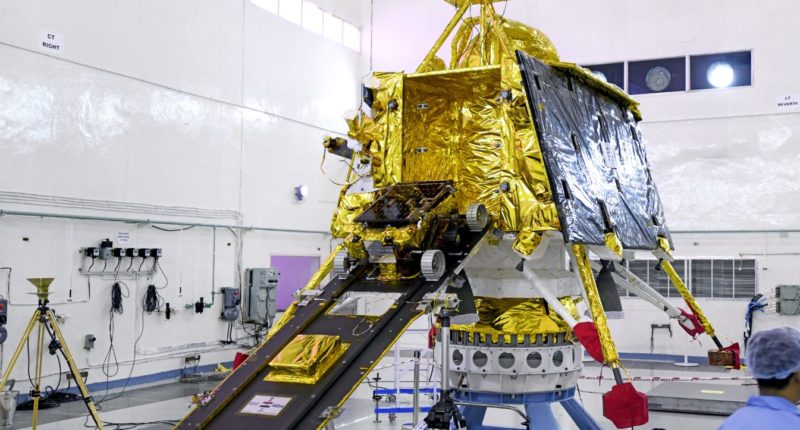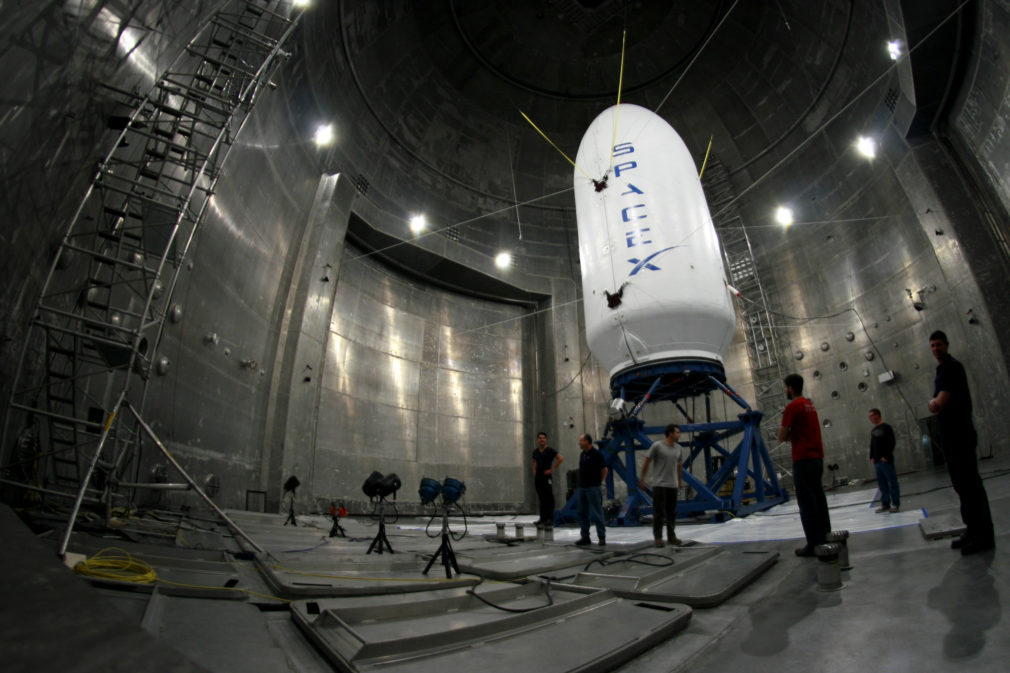Chandrayaan-2, the ambitious moon mission that India’s ISRO has attempted, just moved a step closer to success. A crucial maneuver was successfully performed today, which helped the moon-craft (English for Chandrayaan) enter Lunar Transfer Trajectory. This trajectory has now put the spacecraft on its path to the moon.
This final orbit raising maneuver (which has been done after 5 such maneuvers previously) was successfully carried out today (August 14, 2019) at 02:21 am IST. During this maneuver, the spacecraft’s liquid engine was fired for about 1203 seconds. With this, Chandrayaan-2 entered the Lunar Transfer Trajectory. Earlier, the spacecraft’s orbit was progressively increased five times during July 23 to August 06, 2019.
The health of the spacecraft is being continuously monitored from the Mission Operations Complex (MOX) at ISRO Telemetry, Tracking and Command Network (ISTRAC) in Bengaluru with support from Indian Deep Space Network (IDSN) antennas at Byalalu, near Bengaluru. Since its launch on July 22, 2019 by GSLV MkIII-M1 vehicle, all systems onboard Chandrayaan-2 spacecraft are performing normal.
Tentative plan for future operation after Trans Lunar Injection are as follows,
| Date | Time | Orbit around moon | |
| LOI/LBN#1 | August 20, 2019 | 8:30-9:30 | 118 X 18078 |
| LBN#2 | August 21, 2019 | 12:30 – 13:30 | 121 X 4303 |
| LBN#3 | August 28, 2019 | 05:30 – 06:30 | 178 X 1411 |
| LBN#4 | August 30, 2019 | 18:00 – 19:00 | 126 X 164 |
| LBN#5 | September 01, 2019 | 18:00 – 19:00 | 114 X 128 |
Launched on July 22 this year, the Chandrayaan-2 is India’s attempt at soft-landing a probe on the lunar surface. While it will become only the fourth country to achieve that, a more ambitious and rather daring attempt is to land the probe on the ‘dark side’ of the moon. If landed successfully, India will become the very first nation to soft land and operate a probe/rover on the far side (south polar region) of the moon.

Why the south polar region you ask ? Well, for one, it lies completely unexplored and humans have no idea on what goes on, on that side. Second, Through this effort, ISRO aims to derive insights and experiences that will bring about a paradigm shift in how lunar expeditions are approached for years to come — propelling further voyages into the farthest frontiers.





